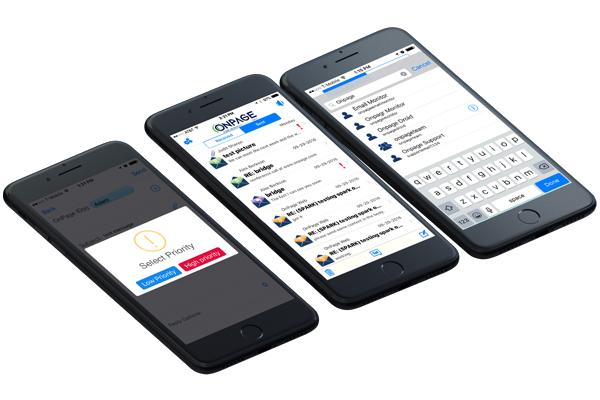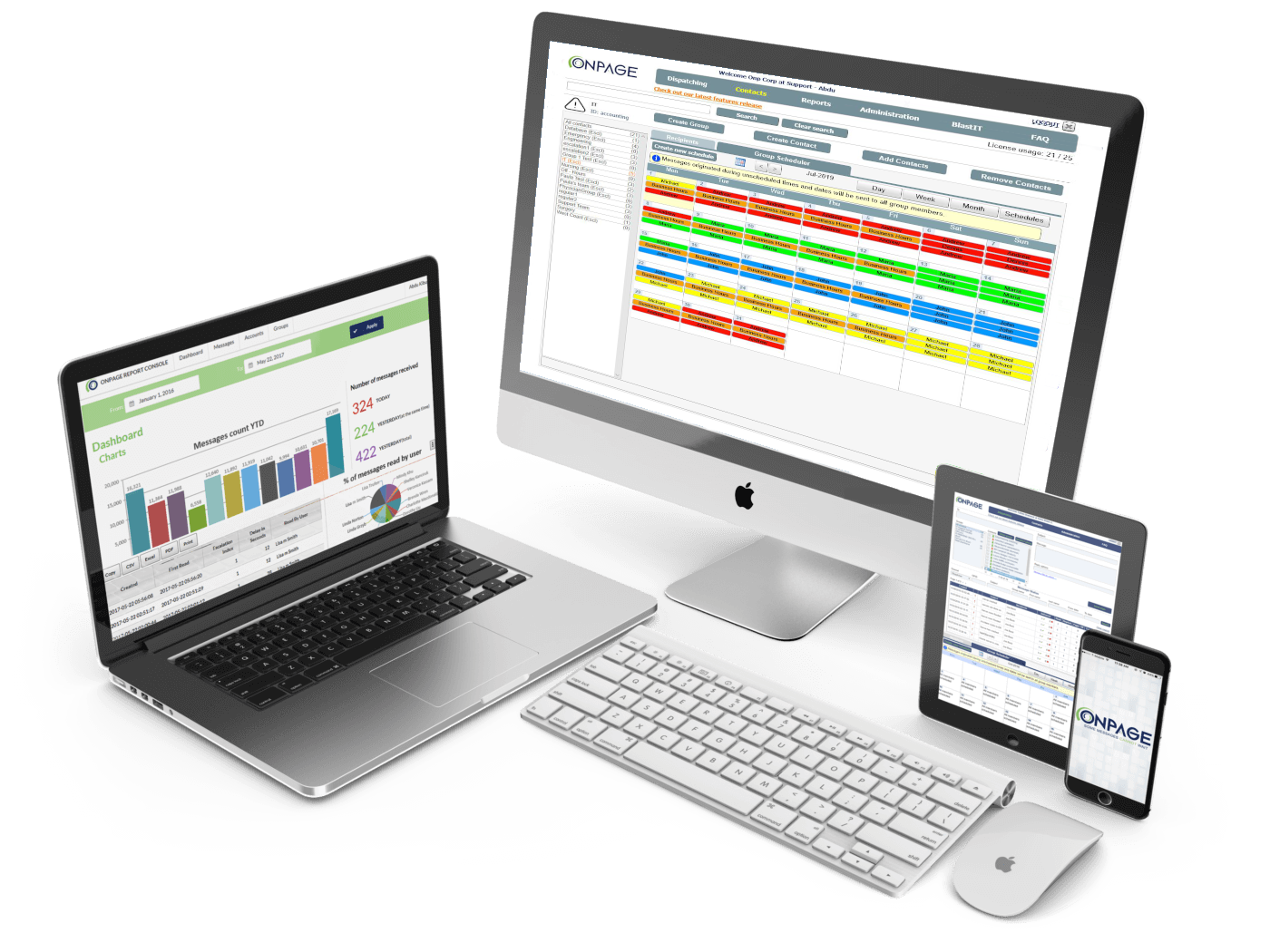OnPage System Features
OnPage provides an award-winning incident alert management platform. OnPage’s alerting solution provides persistent, intrusive audible notifications until addressed on mobile by the assigned on-call recipient.
OnPage eliminates alert fatigue through high-priority alerting, easily distinguishable from every other mobile notification. This way, the tasked recipient will always know the severity of an alert and the need for an incident’s immediate resolution.
A key advantage of OnPage’s alerting platform is its live event notifications feature, which provides real-time alerts for critical events.
Here’s how the OnPage process works:
- The system recognizes a predefined event.
- The system sends alerts with an intrusive, loud, Alert-Until-Read notification to the mobile device. There’s a low chance of missing or ignoring this type of alert.
- If you miss an Alert-Until-Read notification, it will escalate to another team member.
- As a method of redundancy, alerts can also be sent as SMS, email or phone call.





